Laser Mold Cleaning The application of lasers in plastic processing is widespread, including cutting, welding, engraving, and more.
In addition to these applications, lasers also have a less common use in the plastic industry: laser mold cleaning.
The surface of tire molds usually has fine patterns and markings, but under high pressure, high temperature, and the action of rubber, additives, and vulcanizing agents, the mold surface is easily contaminated by deposits of pollutants, including sulfides, inorganic oxides, silicone oils, and carbon black.
These pollutants accumulate in fine areas such as patterns and grooves and, when they reach a certain level, can affect the surface shape of the tire, making the product defective or unusable.
Therefore, laser tire mold cleaning is necessary to maintain the cleanliness of the surface and ensure the quality of the tire and the life of the mold.
To quickly clean tire molds during the tire production process, reliable and fast cleaning methods can effectively save downtime.
Currently, commonly used traditional cleaning methods include sandblasting, ultrasonic cleaning, and C O2 cleaning.
However, these methods usually require the mold to cool for several hours before being moved to the cleaning equipment, and the cleaning time is long and can easily damage the precision of the mold.
Additionally, the use of chemical solvents can cause safety and environmental problems, as well as noise.
Therefore, laser mold cleaning technology has been widely used in the European and American tire industries. Laser tire mold cleaning method: Although using laser mold cleaning technology requires high initial investment costs, this cleaning method has many advantages.
First, it can save standby time, avoid mold damage, improve work safety, and help save raw materials.
Cleaning molds is a critical step in the manufacturing process, and improper cleaning can lead to a lot of equipment downtime and high labor costs.
Currently, there are three technologies available for cleaning molds: physical mechanical methods, chemical agent cleaning methods, and laser cleaning methods.
To compare the methods for cleaning molds, we will analyze the performance, consumable costs, safety, and environmental impact of these methods.
Mechanical cleaning is a mature technology widely used in the tire industry.
Its advantage is that it is easy to use and is not affected by environmental factors.
However, mold cleaning machine also has some shortcomings, such as damaging the mold during the cleaning process, thereby reducing the service life of the tire mold.
Additionally, during sandblasting, sand particles can block the mold’s air holes, and the exhaust holes need to be cleaned after cleaning, increasing the workload.
The entire cleaning process of the mold cleaning machine requires a lot of time and cost, and the efficiency is relatively low, while also causing significant pollution and damaging the health of cleaning personnel.
The chemical agent cleaning method is a method that uses the corrosiveness of organic solvents and reagents for cleaning.
Its advantage over other methods is that it is convenient to clean and causes less damage to the substrate.
However, this method also has some shortcomings, such as increasing consumable costs, polluting the environment, consuming time, damaging health, being ineffective in cleaning difficult-to-reach corners, and possibly not thoroughly removing pollutants. The mold cleaning machine is a new technology based on the interaction effect between laser and matter, which uses the light energy generated by laser to clean the surface of objects.
Compared to traditional mechanical cleaning, chemical cleaning, and ultrasonic cleaning methods, laser cleaning has many advantages.
For example, it is easy to install, operate, and achieve automation.
It is a simple operation and can be cleaned without chemical reagents, medium, dust, or water.
It can also autofocus, fit curved surfaces for cleaning, and has high surface cleanliness, and can remove resin, oil, stains, dirt, embroidery, coatings, plating, and paint on the surface of objects.
Laser mold cleaning method does not require the use of any organic solvents that damage the ozone layer, is pollution-free, noise-free, and harmless to humans and the environment.
It is a “green” cleaning technology.
Laser cleaning machine is a new high-tech cleaning equipment that can be used for cleaning various molds, such as tire molds, rubber molds, injection molds, and so on.
Laser cleaning machine has many advantages, such as high efficiency, low cost, and no damage to the mold.
Compared to traditional cleaning methods, using laser tire mold cleaning can greatly improve the cleaning quality and efficiency, and solve the problems of mold damage, low cleaning efficiency, and complex cleaning processes that may occur during the traditional cleaning process.
In addition, laser mold cleaning also has the advantage of online cleaning operations and provides safety guarantees for operators.
Compared to traditional cleaning methods, laser cleaning completely meets the requirements of rapid and reliable tire cleaning and is a high-quality, high-efficiency, and safe cleaning technology. With more than 18 years of experience in the industrial laser field plus 5000+ satisfied customers worldwide, there is no doubt that we are the your idealist China laser cleaning machine and laser rust removal tool supplier.
The highest honor in the photonics industry held by S P I E.
We are the third China companies that entered finalist.
With 150+ multilingual R& D and support engineers, we offer responsive after-sales service within shortest time.
We develop and manufacture both parts and machines, which means full software, electrical, mechanical, optical O E M, and O E M is easy for us.
With cutting-edge products, we are winning a lot of awards, certificates, patents from government, industrial organizations, and world-leading customers.
Categories
Revolutionizing Tire Production
Specialized laser solutions for industry professionals
